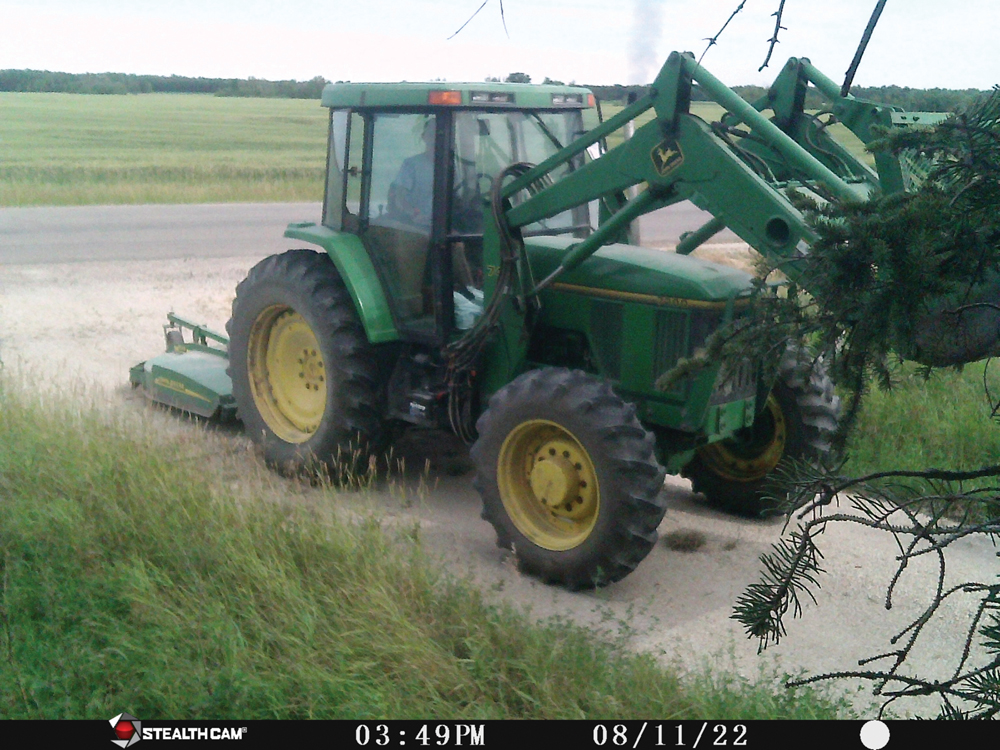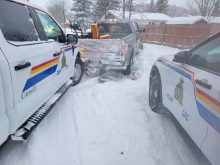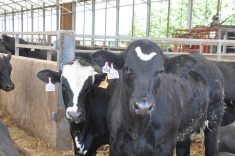The mid-sized John Deere tractor was inside a locked machine shed on an agricultural property just south of Winnipeg.
The next time the owner looked, the tractor was gone.
“It’s unbelievable to me,” said the owner, who asked that his name not be printed. “No one lives at the yard site. It’s an old yard site with no house. I talked to all the neighbours and they said they didn’t see anything. But they also said a tractor travelling down the road wouldn’t look out of the ordinary.”
Read Also

Journal pulls long-cited glyphosate study for ethics violations
The journal Regulatory Toxicology and Pharmacology has retracted a 2000 Monsanto-linked glyphosate review, drawing new scrutiny as Bayer faces mounting legal pressure.
Because the property is within City of Winnipeg limits, he reported the crime to the Winnipeg Police Service but has heard nothing since.
Why it matters: Farmers and rural organizations are calling for better policing to prevent further crime and theft, but isolation makes that a logistical challenge.
The story is all too familiar for the growing number of rural crime victims.
On Oct. 6, RCMP were called to a break-and-enter and attempted theft in the RM of Portage la Prairie. The target was an all-terrain vehicle, and in that case, an arrest was made.
Earlier this year, an incident that brought local RCMP and the RCMP National Weapons Enforcement Support Team from Winnipeg led to seizure of 121 firearms from a home in Wawanesa.
And in spring, police were called to a rural residence in the RM of St. Clements, where a man with an axe was reportedly smashing windows in vehicles and buildings.
Peppered in between are RCMP reports of recovered stolen property and equipment.
A Statistics Canada report released in February found that police services that cover mostly rural areas serve 15 per cent of the population but report 24 per cent of violent crimes, 18 per cent of property crimes, 30 per cent of Criminal Code traffic offences, and 23 per cent of other Criminal Code violations.
The report also tracked the Crime Severity Index (CSI), which measures the volume and severity of crimes across police departments. The CSI was 33 per cent higher in rural areas (91.9) than in urban areas (69.3), and that gap has been widening over the past decade.
“Rural crime was one of the top priorities that KAP had identified … going into the provincial election,” said Keystone Agricultural Producers president Jill Verwey. “And all three major parties were pleased to support and look at ways to or initiatives to combat this problem.”

Location, location
Verwey cited geography as a major reason the problem hits rural Manitoba so hard.
“A lot of it stems from the locality standpoint,” she said. “We’re farther away, so it’s more difficult for law enforcement to get there.”
Greater distance between farms has eroded some of the social glue that might have previously deterred crime, she added. Today, farms are bigger and fewer.
Census of Agriculture data shows a steady decrease in farm numbers since at least 1976. Between 1991 and 2021, the number of farms in Canada dropped by about 32.2 per cent. In Manitoba, farm numbers dropped by 43.4 per cent in the same period.
“We don’t have the same sense of community that we once did in most rural areas,” Verwey said. “If you looked back 30 years, sheer numbers would allow your neighbourly network to keep an eye on your equipment. But nowadays, you might not even know the person farming on the other side of the fence line.
“You’re really at the mercy of the landscape.”

Counting cost
Gaps in rural policing are a costly problem to any farm that is victimized.
“It’s huge downtime. Even if something is vandalized in the field, that’s an added obstacle and cost to the producer,” Verwey said.
“We want a safe Manitoba for everyone, but we also want to address the fact that it’s a considerable cost to our producers as well.”
Rural crime rates are increasing.
“In Altona, specifically, since 2013, there’s been a 37 per cent increase in property crime,” said Verwey. “That’s just one of the stats that I could point to. You just have to look at your local newspaper to see the instances of theft from rural areas.”
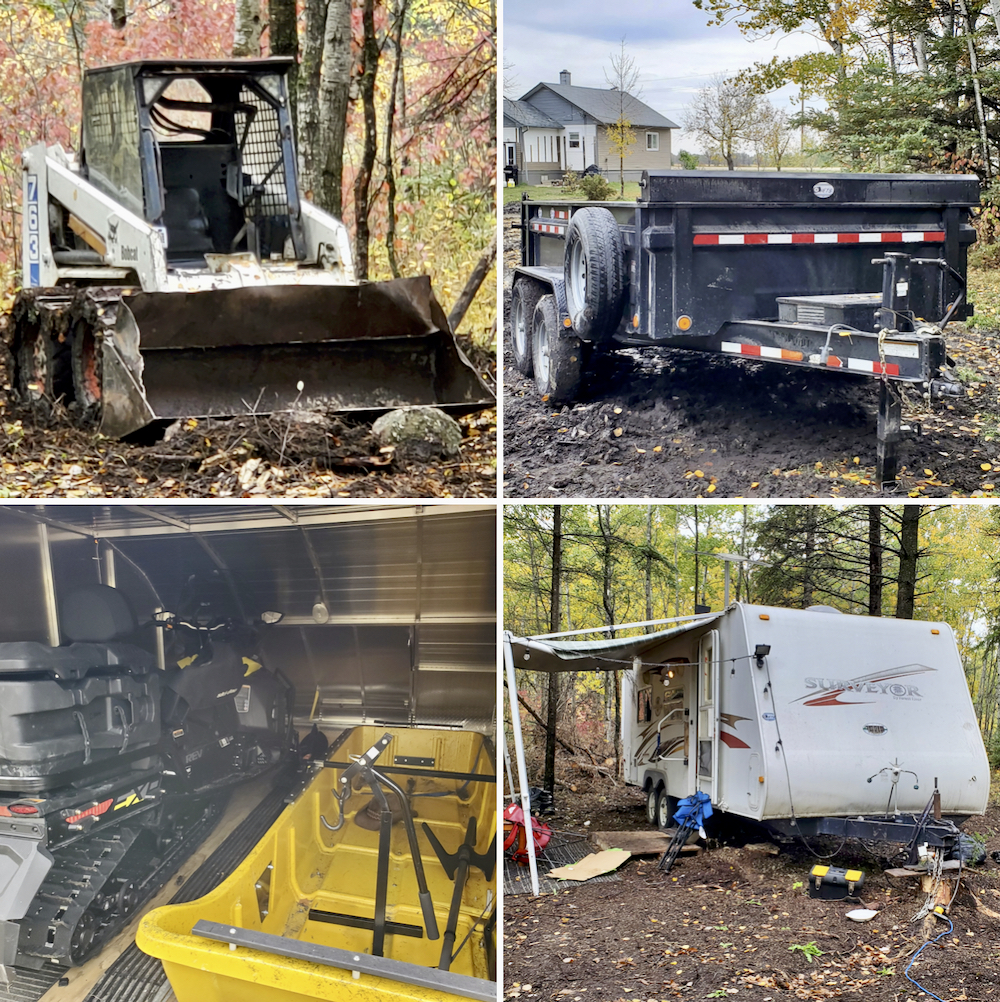
KAP is lobbying for commitments from various levels of government to address the problem.
On the other side of the equation, there’s the matter of paying for police – a potential issue because of the smaller rural population.
Association of Manitoba Municipalities president Kam Blight says his organization is lobbying for more funding for municipal police.
Earlier this year, municipalities across Canada complained about being on the hook for retroactive pay increases to RCMP staff. The Federation of Canadian Municipalities said in March that it stemmed from a union deal made without feedback from the municipalities that would pay those wages.
Hopes that the federal government would absorb the costs were dashed when the 2023 federal budget was released.
The AMM said the added burden might require higher property taxes or cuts to municipal services.
Changing the game
Funding alone will not fix the problem, Blight said. Some issues are structural to the police system and how it uses resources.
“We need these officers to be able to do what they do best and not spend a lot of their time doing paperwork dealing with individuals that they’ve already arrested an hour ago,” he said. “We need to make sure we’re making more useful, efficient use of these officers’ time and making sure that they have the necessary tools to be able to combat the crime that is taking place.”
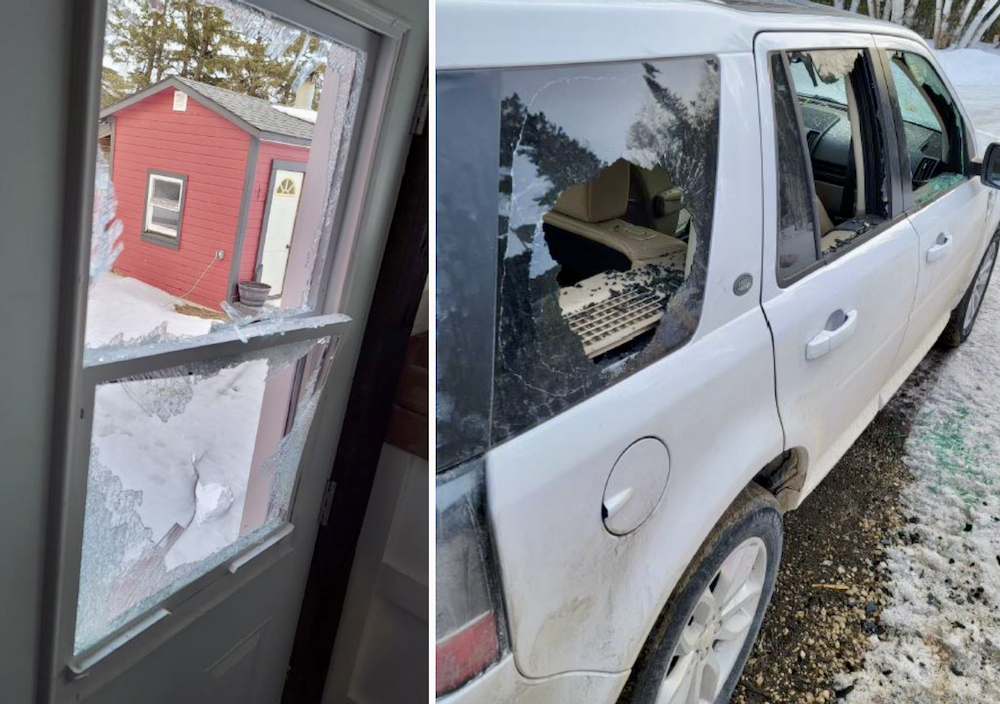
He said officers spend an undue amount of time dealing with mental health transfers, often with addiction patients.
“[Police] are escorting them to long appointments, whether it be at the hospital or court appointments, and they’re having to be there with these individuals for hours upon hours – in some cases overnight,” said Blight. “Which means other individuals have to come in and be paid overtime to fill in.”
Combined with increasing crime, Blight said, rural response times become much longer.
“Because they are dealing with so much more crime and the lengthy process it takes to deal with each criminal activity, that’s really hurting the response time and it’s making it very difficult for people to feel safe in their own homes and communities,” said Blight.
“We have residents that are feeling very unsafe living in their own properties out in the country.”
Executives from the AMM have toured all of the province’s 137 municipalities in the last three years, he said, and “during the round of meetings this past year, rural crime came up at just about every single meeting that we had with municipal councils. It’s a major, major concern.
“We’re seeing more and more talks of vigilantism, and that’s the last thing that we all want to see, but people are trying to stick up for their properties and their families. It’s extremely concerning. Something needs to be done.”
The AMM has a number of specific requests. One is a reversal of federal changes to bail when it comes to recidivism, said Blight.
“We have met with a lot of the RCMP inspectors, and they have told us there is an extremely small percentage of individuals that are committing 98 per cent of the crime in this province.”
Farmers must be able to protect themselves and their property, Verwey said, but “how that looks in the larger landscape and how that’s addressed, with policing, enforcement, and the treatment of the individuals that are committing these crimes, is pretty broad.”
New government
Rural policing is further complicated by the interplay of municipal, provincial and federal jurisdictions, Verwey said.
Most of AMM’s asks fall under federal jurisdiction, Blight noted, but some are under the province’s purview.
“The Criminal Code and bail reform, that’s at the federal level; that’s where we need to make sure that there’s definite change,” said Blight. “But we need to make sure that, at the provincial level, the Crown attorneys are laying the proper charges and enforcing those charges.”
Both Blight and Verwey say they are optimistic about raising the issue with the new provincial NDP government. Verwey also noted the role of farmers.
“We even need to address it with our producers to ensure that they’re taking the necessary steps to make their farm safer and to secure their equipment and vehicles,” she said. “Be vigilant and report activities; take some onus on yourself. As producers, we can all do our parts, I believe.”


